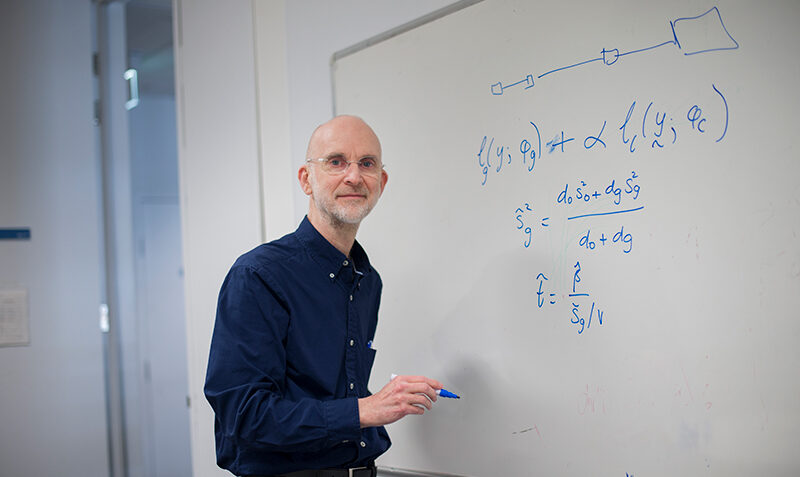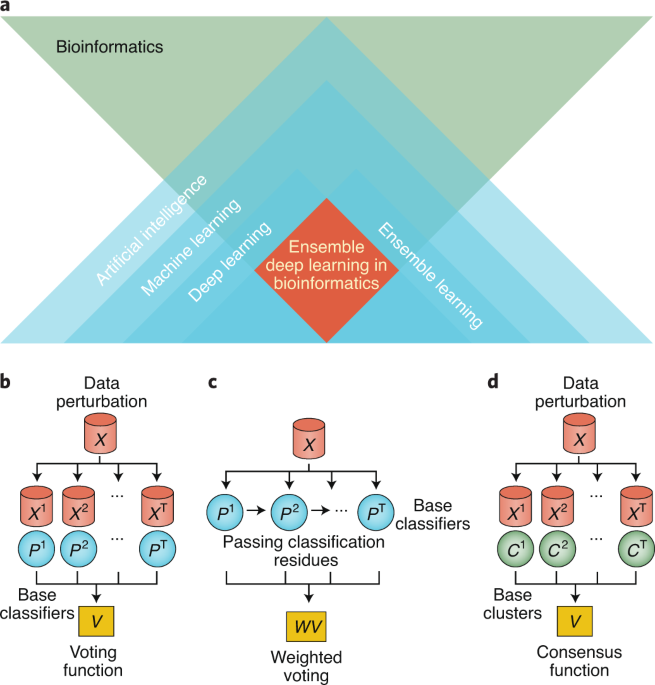8 Simple Techniques For Bioinformatics Tutor
Not known Incorrect Statements About Bioinformatics Tutor
Table of ContentsUnknown Facts About Bioinformatics TutorBioinformatics Tutor - An OverviewThe 4-Minute Rule for Bioinformatics TutorSome Ideas on Bioinformatics Tutor You Need To KnowThe Facts About Bioinformatics Tutor Revealed
Of the total participants associated with the training, 80% were trainees from public higher education organizations, while the continuing to be 20% came from private institutions. To qualify for a certificate of involvement, trainees were needed to go to a minimum of 90% of the total training hours. As a result of this demand, an excellent 95% of the participants effectively acquired their certifications, having not only satisfied the minimum attendance criteria but additionally completed all assigned tasks throughout the training.
During the height of the COVID-19 pandemic, especially in between June and August 2020, the project group was charged with arranging specialized training in bioinformatics. This training was particularly focused on trainees from the research team Core for Research in Applied Computer at the Federal University of Pará (UFRA) The adaptation to remote knowing platforms as a result of the pandemic created a possibility to check out brand-new teaching methods and electronic devices that boosted both reach and performance.
This training course was developed to supply an obtainable yet thorough summary of Artificial Knowledge methods, specifically as used in bioinformatics (Bioinformatics Tutor). This online format made it possible for involvement from trainees throughout Brazil, several of whom may not have had the chance to go to in-person sessions.
Not known Factual Statements About Bioinformatics Tutor
A notable feature of this program was its focus on hands-on knowing. About 50% of the overall training hours were committed to functional activities where students developed intelligent models and applications in a variety of scientific domains, consisting of genes, molecular biology, and ecological data analysis. Widely used devices and frameworks such as Spyder, Google Colab, Jupyter Notebooks, and Orange were integrated right into the coursework. These systems enabled trainees to take part in real-time information control, design training, and formula testing.
The course brought in 80 individuals in overall. Sixty of them were affiliated with numerous college organizations in the state of Pará, while the staying twenty originated from establishments situated in five other Brazilian states. This broad geographical representation highlighted the nationwide passion in bioinformatics and the expanding need for specialized abilities in this location. By presenting Expert system in a sensible and relevant context, the effort offered to bridge the gap between concept and real-world application, giving pupils with a solid foundation for future study or work in the area.
The training effort developed component of a broader scholastic outreach effort called the Bioinformatics when traveling job. This task has, throughout the years, introduced dozens of students to the globe of bioinformatics and computational biology. The events held under this umbrella campaign have taken place across multiple areas and years, as summarized in Table 1 (Listing of occasions, locations, years, and total varieties see page of pupils and instructors)
Numerous of these groups, at first brought with each other by their involvement in training events, have actually since gone on to produce independent clinical study in cooperation with local scholastic institutions. The training not only fostered scientific thinking within the context of bioinformatics but also sparked collaborative partnerships that extended beyond the training environment.
Not known Factual Statements About Bioinformatics Tutor
The same team, omitting IH and RR, additionally acted as tutors for the practical training modules. Financing for the project was offered via the give 88887.200562/ 2018-00 from CAPES.
The Federal University of Pará's Workplace of Study (PROPESP/UFPA) additionally offered financial backing, especially for the production of the last manuscript. The authors proclaim no financial or commercial conflicts of passion that can have influenced the research study. Furthermore, all analyses and opinions revealed in this article are only those of the authors and do not always reflect those of their particular establishments, the publisher, editors, or customers associated with the publication procedure.

The 9-Minute Rule for Bioinformatics Tutor
From an instructional viewpoint, the mentor strategy utilized in the training was intentionally interactive. Courses were carried out in a manner that urged trainee participation and discussion, exceeding rote memorization to discover how concepts are developed, applied in every day life, and examined in academic settings. The training viewpoint concentrated on supporting both solid and battling trainees, providing individualized assistance, and building self-confidence through sustained mentorship and persistence.

Each team, containing around 36 individuals, was sustained by 3 mentors-- the majority of whom were postdoctoral researchers with specialized expertise. These mentors not just assisted design the team projects yet likewise facilitated get redirected here their implementation, making certain that each research concern was both relevant and suitably challenging. The goal was to provide a naturally realistic context that individuals could check out through flexible objectives and access to curated datasets.
For additional insights into the methodology and outcomes of this project-based understanding strategy, visitors are guided to S1 Text, which consists of in-depth summaries of the instructional framework, evaluation techniques, and project themes made use of in the training sessions.
Examine This Report on Bioinformatics Tutor
Of the total individuals included in the training, 80% were students from public greater education and learning establishments, while the remaining 20% came from private organizations. To qualify for a certification of participation, pupils were required to attend at least 90% of the overall training hours. Significantly, past the students who enrolled in the training sessions, 7 knowledgeable teachers participated in supplying the programs, while three committed research study teachers collaborated the total training process. Roughly 50% of the overall training hours were committed to sensible activities where students built smart models and applications in a range of scientific domains, consisting of genetics, molecular biology, and environmental information analysis. The training not just cultivated scientific thinking within the context of bioinformatics but additionally stimulated collaborative relationships that expanded past the training setting.